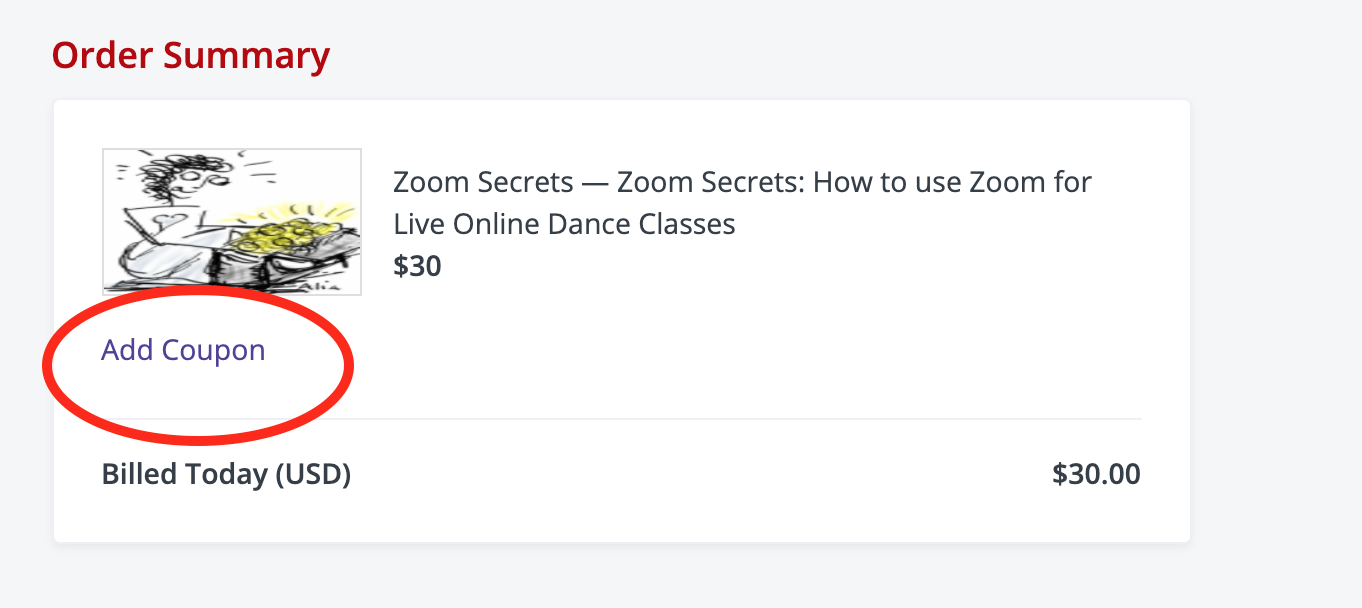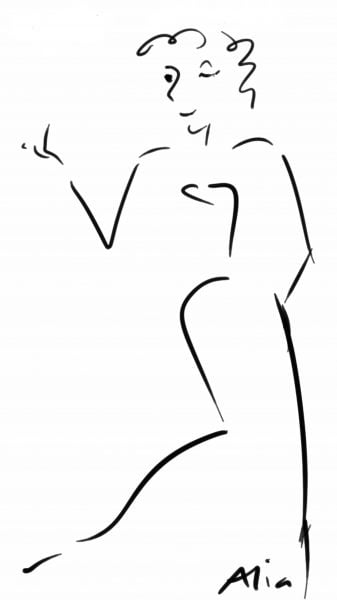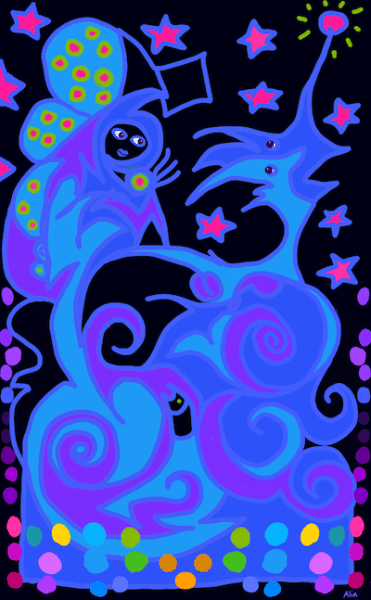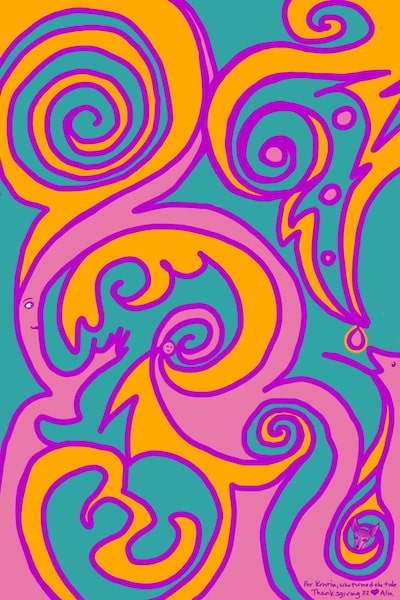Once upon a time, I said something cutting about someone who had never done anything cruel to me or that I knew of. She was only awkward and a little odd (which could easily describe myself). To my horror, she then emerged from a bathroom stall. Our eyes met.
She had recently been praised. I suppose I was jealous. I was old enough to know better. I did know better. I could do better. I vividly recall that moment, decades ago. So I applied myself to doing better. I became more thoughtful in what I said.
But over time, I discovered I had a much bigger problem: the persistent twist of shame, of self-loathing that berated me endlessly not just for one thoughtless comment (fueled by the same self-loathing), but for everything.
From the way I looked to whatever I said or did, those inner voices found fault with me. They inspired a morbid fear of making mistakes, of being found out, of admitting to mistakes, of pretty much everything. Everything was a threat, and I was helpless, frozen with fear.
It wasn’t until I had some respite from those voices (thank you, acupuncture), that I realized they were lies–a symptom of imbalance.
Over time, I found things that helped me feel more grounded, more confident, and more self-loving. The more compassionate I become with myself, the more resilience I have, and the more I am able to cope with challenging times.

And wow, do we have some challenging times!
A plague, systemic racism, the fascism in our government, economic uncertainty, alllll our buttons are getting pushed every day–and all these things are so hard to pin down. We feel helpless in the face of half a dozen inescapable and existential threats. Our bodies become unsettled, anxious, edgy, frozen, exhausted, and many other unhappy things. Our souls become sad, burdened, lost.
So here are three ways to feel more solid, more grounded, more real–and how our dance can help.
1. Improvisation
The basis of improvisation is following our physical impulses. In response to threats, our bodies want to move, to fight or run–but where can we go? What can we hit? Those self-defensive impulses get stuck in our joints. When we improvise, we let our bodies move as they wish, we can let strange physical impulses express themselves. When we use Slow Movement and Rhythmic Breath, even angry impulses can be safely expressed.
2. Self Compassion
When we improvise, sometimes those self-negative thoughts follow us and yell at us about what we are doing as we improvise. The Rhythmic Breath helps to still them, but we can also practice Self Compassion. This means being kind to ourselves, treating ourselves like someone we actually like, someone we care about. Here is a Self-Compassion Quiz. It’s worth taking. It’s worth just being nicer and more gentle with ourselves, as artists and as human beings. The world will go on turning. We will not suddenly turn into malignant narcissists. Our work will get better in the long run. We might become happier, but oh well. I think we can all live with that ; )
3. Somatic (Body) Awareness
This is the big one. It goes along with, and is a conduit to the above two options. Too often as dancers we ignore our bodies and tell them what to do. Making space to listen, acknowledge, and honor our bodies’ sensations is a real game-changer.
It was through such methods that my old old patterns finally began to shift–to change. And stay that way. Last time we talked about Sitting with Discomfort–this is part of that. As we learn to observe, to be curious about the physical sensations that arise in our bodies in response to challenge, to follow them as they morph, shift, and finally resolve, we–our bodies–become more grounded, settled, and clear. It’s a remarkable, simple, gentle practice.
“Few skills are more essential than the ability to settle your body.
— Resmaa Menakem, My Grandmother’s Hands (this is one of the most loving and lovely books I’ve read on undoing systemic racism)
If you can settle your body, you are more likely to be calm, alert and fully present, no matter what is going on around you.
A settled body enables you to harmonize and connect with other bodies around you, while encouraging those bodies to settle as well.
A calm, settled body is the foundation for health, for healing, for helping others and for changing the world…”
The world may not suddenly change around us. But our inner world will change. And that will change the way we interact with the outer world, and our ability to survive challenge with our our souls intact.
I still regret what I said about that girl so long ago. But now I offer her waves of love and compassion, which benefits us both (instead of hating myself, which does no good for anyone).
And I offer the opportunity to learn the strategies that I learned, to have the help that I had.
Tuning In–Medicine for Modern Times
Five Weeks, August 7 – September 4. Fridays, 4-4:30 PM ET
This half-hour class comes from a Somatic Experiencing® (SE) perspective. It’s is a half-hour chillout session focused on nervous system regulation. It is designed to ease anxiety and restore wellbeing. We use gentle movement, breath, and body-based strategies to bring calm in the here and now. These strategies can be used any time to help the body feel more relaxed and grounded.
I look forward to dancing with you!
All my love,
Alia
PS remember, we have a coronavirus summer special on all Teachable courses.
Coupon code: SUMMERCORONACARE
Click the course you want. Click “Enroll in Course,”
Add coupon on the next screen.







No comment yet, add your voice below!